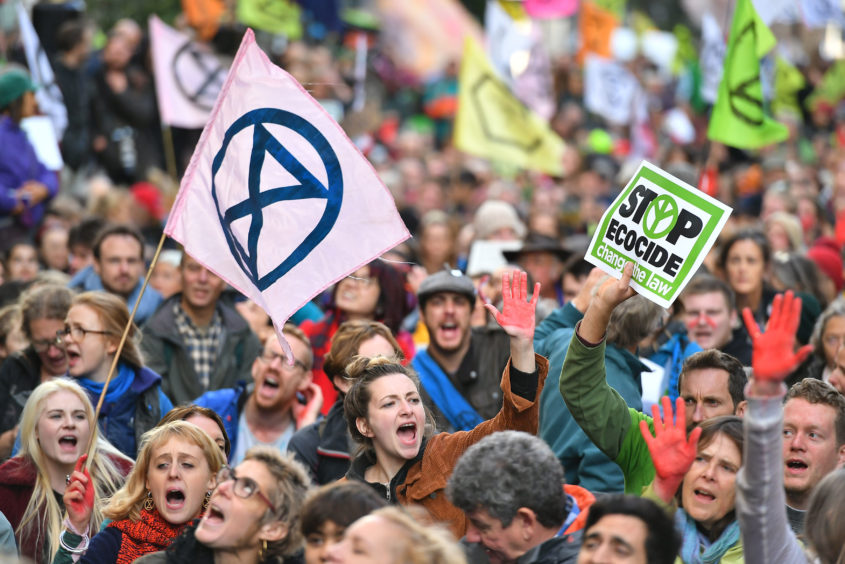
2019 is going to be remembered as the year in which climate change has moved to the top of the political debate.
Terms such as climate strike and climate emergency have been so prominent that the former has been picked by Collins Dictionary as Word of the Year 2019 while the latter is Oxford Word of the Year 2019. Several climate emergencies have been declared: The EU Parliament took this step just end of November, the Scottish Government did so already in late April.
This shift in public opinion we observed in 2019 was quite dramatic, in particular if one considers that climate change did not suddenly appear. A difficult question to answer is to what extent this can be seen as surprise – and what this will imply for the future.
It is certainly surprising how much momentum this societal movement gained over the past 12 months. However, perhaps even more surprising is how long it actually took to reach this state. The Stern Review on the Economics of Climate Change, for instance, states that climate change is the “greatest and widest-ranging market failure ever seen” and that “the benefits of strong early action on climate change far outweigh the costs of not acting”. Similarly, the Intergovernmental Panel on Climate Change states in its Fourth Assessment Report that “warming of the climate system is unequivocal” as well as “most of the observed increase in global average temperatures since the mid-20th century is very likely due to the observed increase in anthropogenic greenhouse gas concentrations”. Nowadays, many people would agree with this type of statement. These publications, however, date from 2006 and 2007, respectively; and there are many more of this type.
In other words, for a long time it has been known that climate change is an enormous problem and that urgent action is required to address this. Not only that, it is also well understood how to design climate policy instruments such as cap-and-trade markets and research on the social cost of carbon tells us which price has to be put on emitting one ton of carbon. However, it seems as if the society, in particular the younger generations, but certainly not only those, has the impression that action taken in order to prevent climate change from happening is far from sufficient.
This all is worth highlighting because both the sudden shift in public opinion and the delay with which climate change moves up the political agenda make it very difficult to predict what is going to happen next. From the perspective of the climate, it is desirable that a clear and consistent plan emerges that describes how ambitious – and necessary – emissions reduction goals such as turning Scotland into a net-zero society by 2045 are going to be achieved. It goes without saying that such a plan also gives the oil and gas industry, including workers, much needed planning security. It is, however, not easy to assess how likely this scenario is. Not desirable would certainly continued uncertainty and further delays in development and implementation of such a plan. From the view of the climate, urgent action is required, and any delay today will only make necessary more drastic steps in the future. Another possible scenario is that public pressure will continue to increase, perhaps just because the effects of climate change become more and more evident, e.g. through more extreme weather events. It is possible that this will lead to political overreactions.
The fact that a review of the oil and gas year 2019 extensively discusses climate change and, so far, has not directly addressed the crude oil markets, is also attributable to the fact that 2019 otherwise has not been very eventful. Similar to 2018, the oil price at the end of the year is roughly where it was at the beginning of the year. A notable difference is that not even some intriguing upward and downward movement occurred, comparable to those in 2018. Brent Crude Prices fluctuated within a relatively narrow band between 50 USD and 75 USD; the price movement has been largely horizontal. Not even the drone attack on Saudi Arabia’s oil facilities in September caused a larger response. This indicates that, at least in the short run, the market is well supplied and that demand is not expected to overly increase in the near future.
The biggest challenge for the oil and gas industry lies in the future. The industry will have to find its position in the energy transition and will likely face an environment characterised by a complex network of contrasting expectations. The industry will have to convince society that it is part of the solution and not part of the problem. In addition, the governments have to take appropriate action. Among the essential questions is how prepared the industry is for all these challenges.
